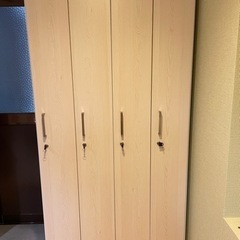
マイストア
変更
お店で受け取る
(送料無料)
配送する
納期目安:
06月07日頃のお届け予定です。
決済方法が、クレジット、代金引換の場合に限ります。その他の決済方法の場合はこちらをご確認ください。
※土・日・祝日の注文の場合や在庫状況によって、商品のお届けにお時間をいただく場合がございます。
バーバリーブルーレーベルワンピースmaison specialレースドッキングシャツ未使用タグ付きの詳細情報
サイズF未使用タグ付き色···ブルー肩幅···53cm身幅···63cm袖丈···57cm着丈···76cmご購入の際は自己紹介文を確認の上お願い致します#maisonspecial#メゾンスペシャル#prankproject#プランクプロジェクト#ストライプ#レース#ドッキング#ドレス#オーバーサイズ#レイヤード#新品#未使用#タグ付き
ベストセラーランキングです
近くの売り場の商品
カスタマーレビュー
オススメ度 4.5点
現在、5520件のレビューが投稿されています。





























